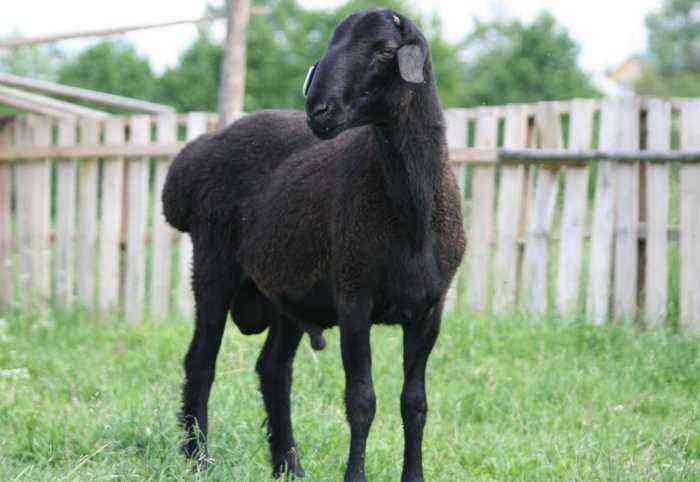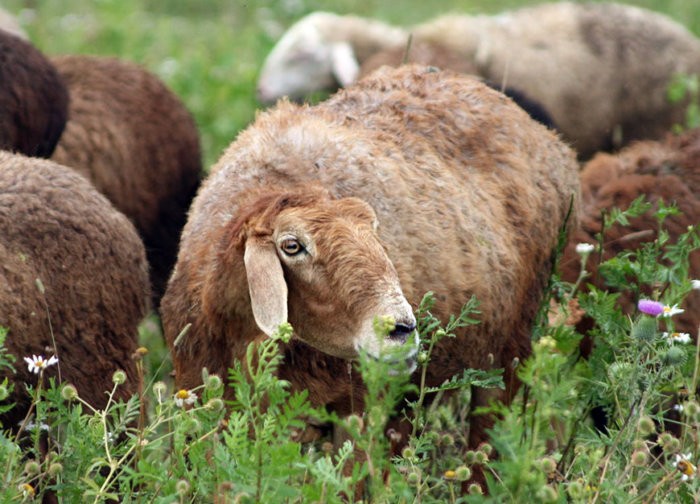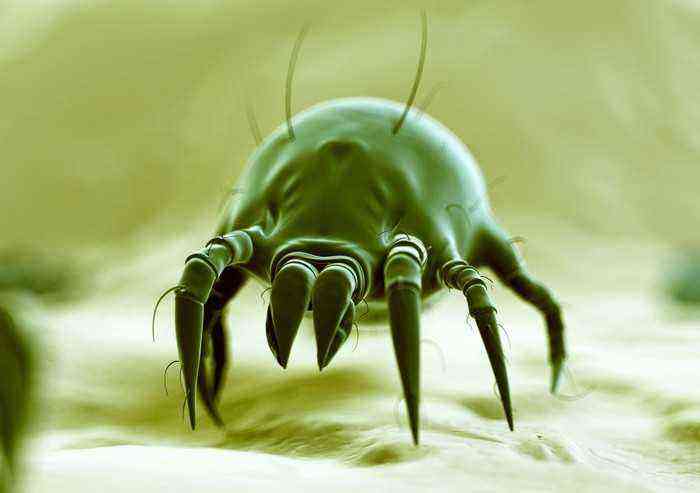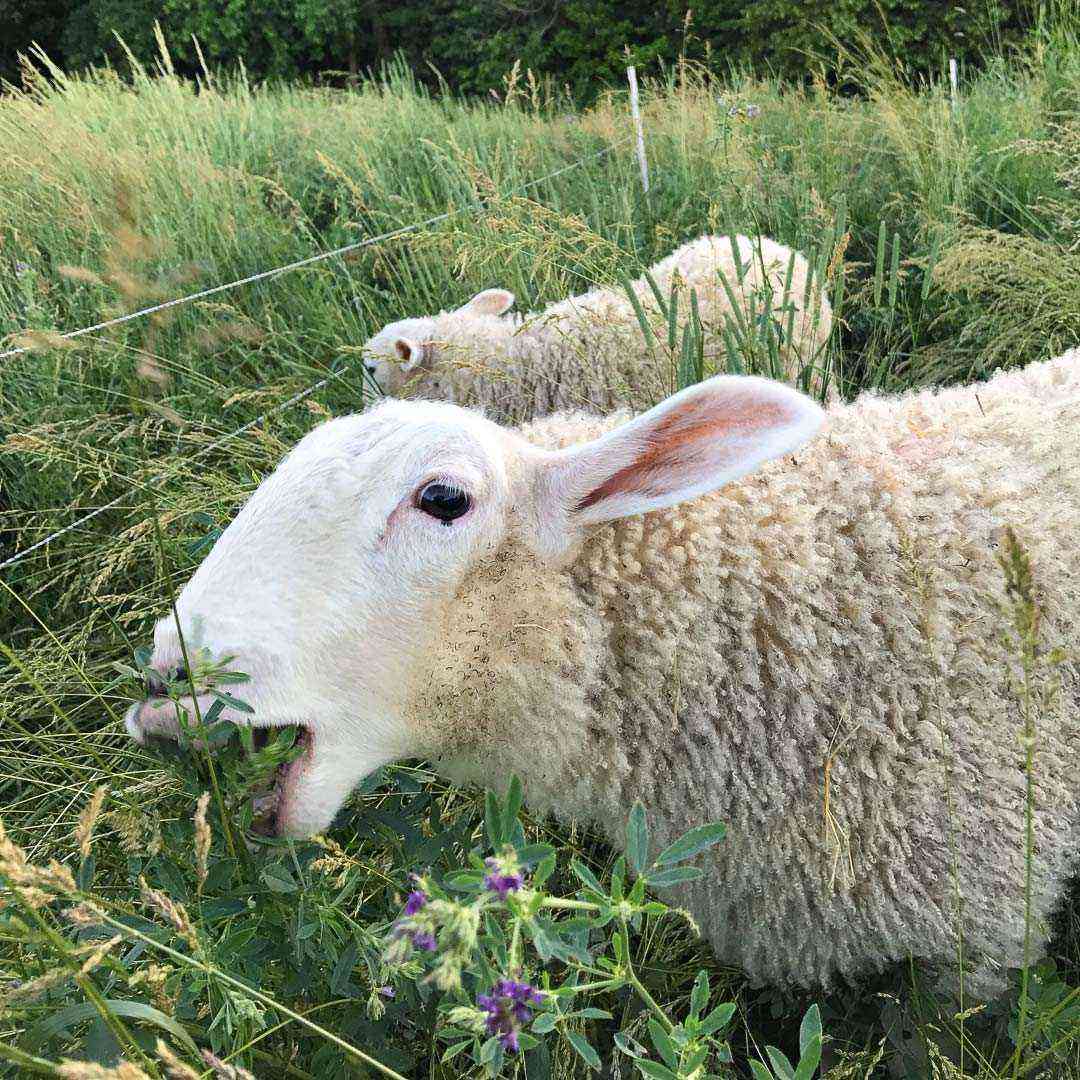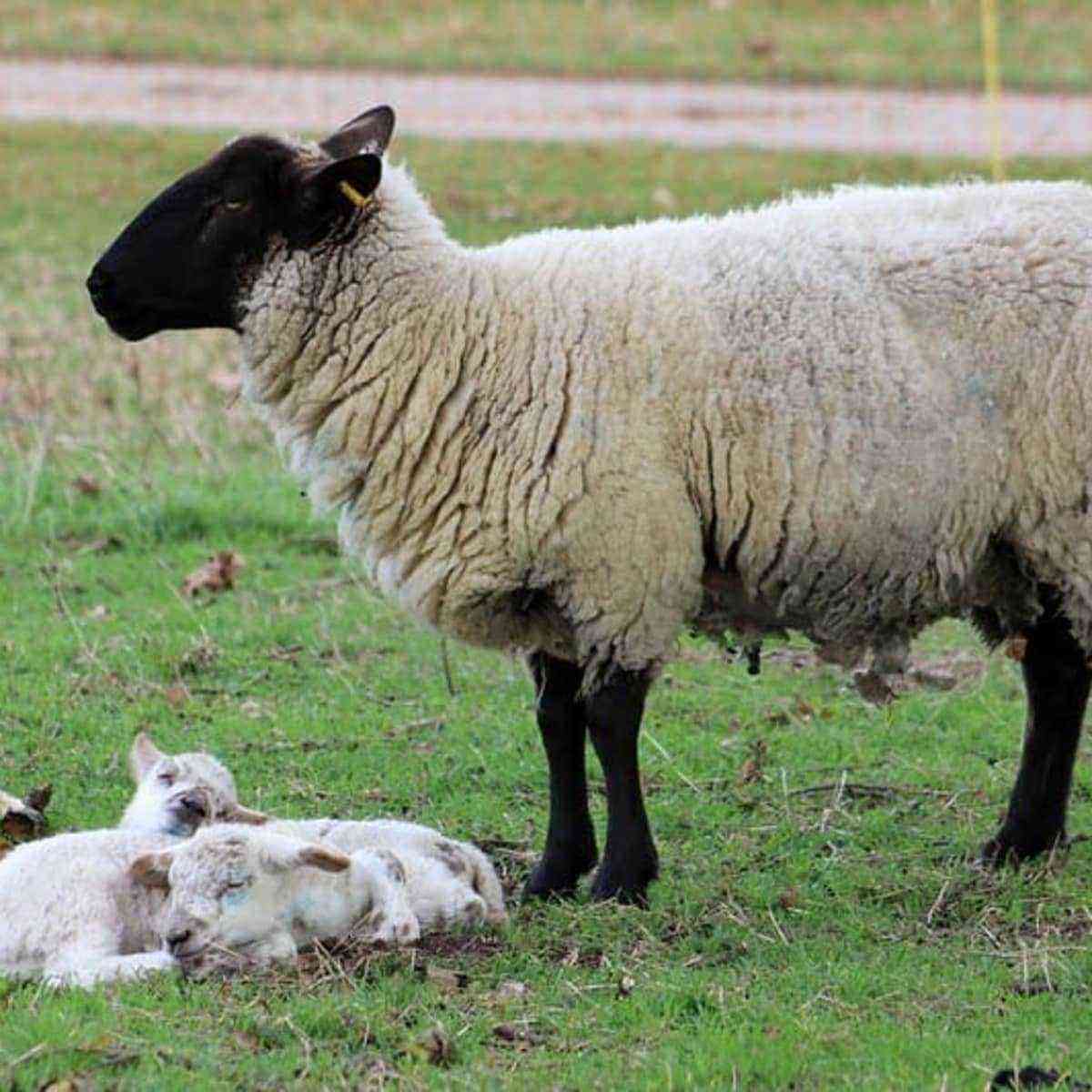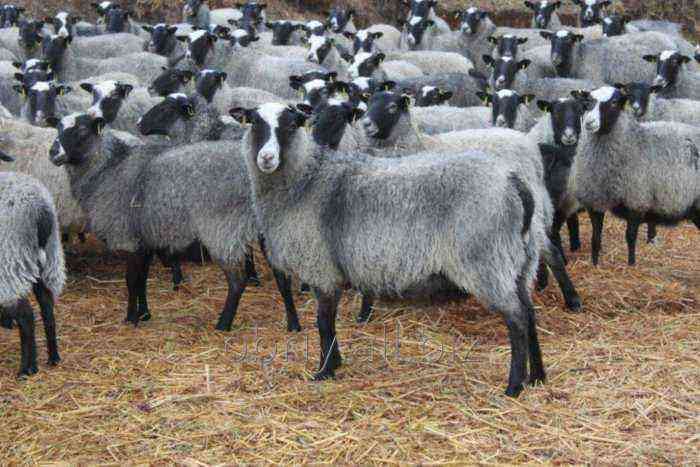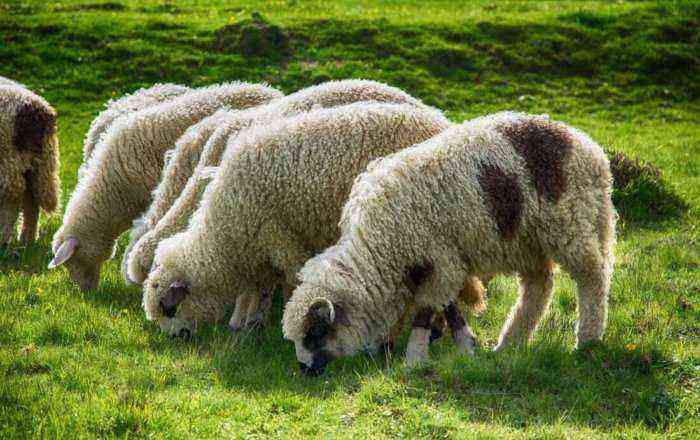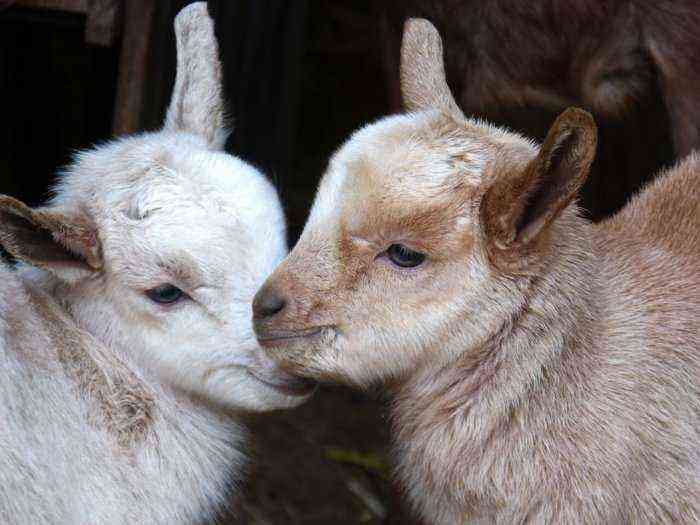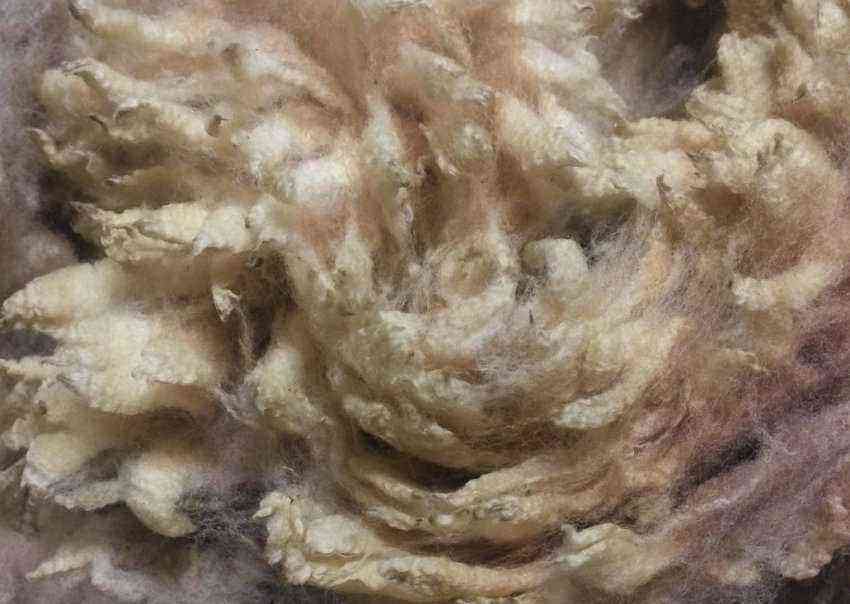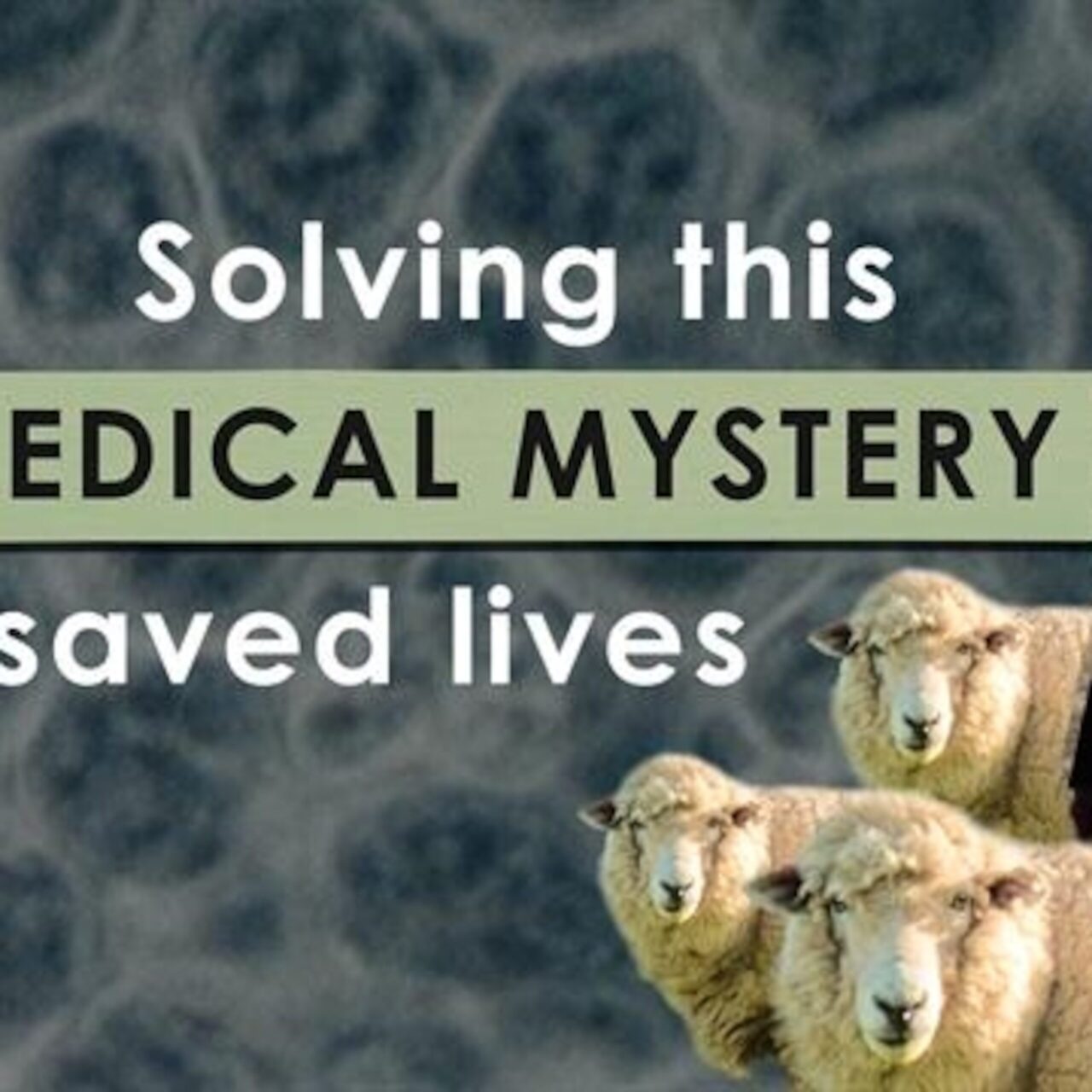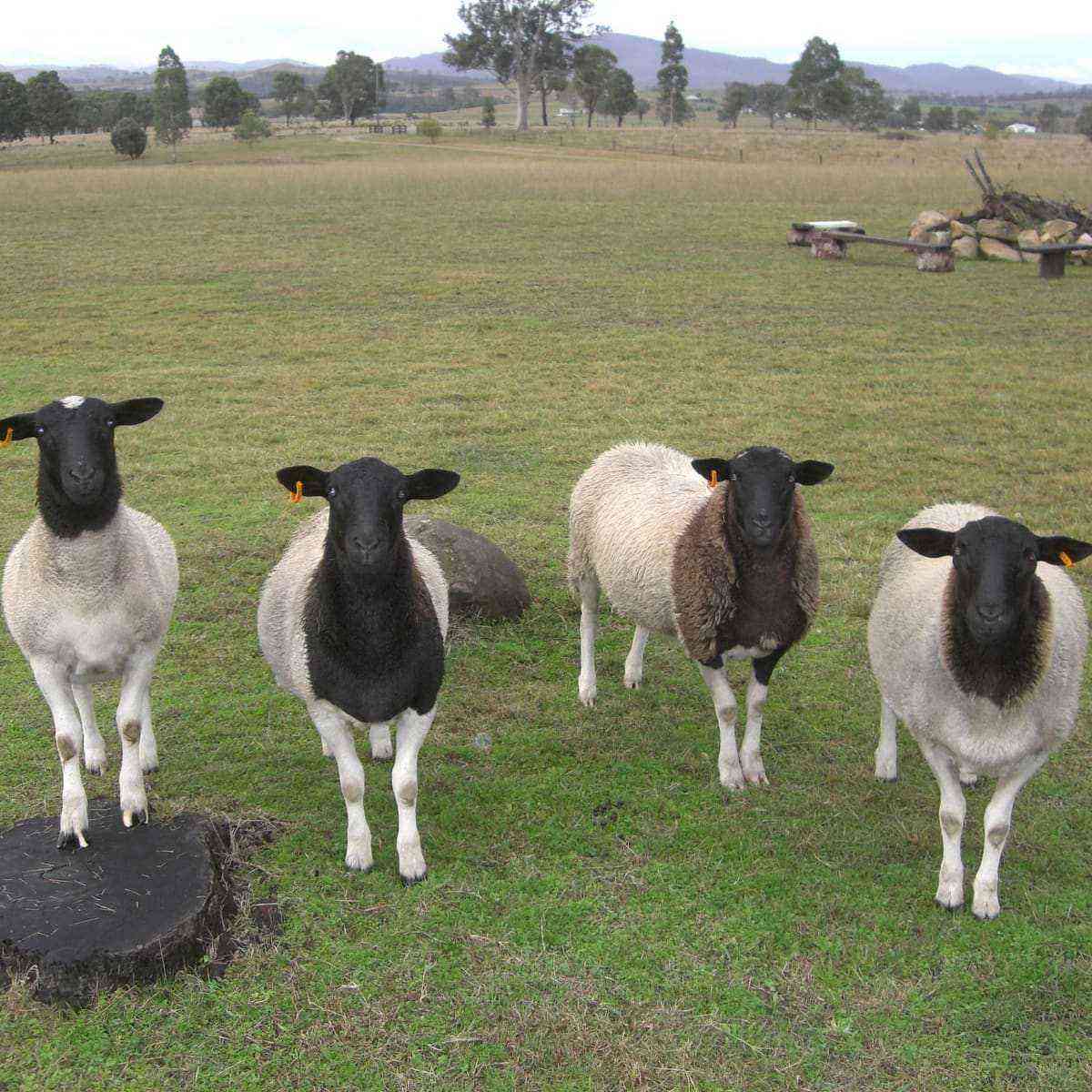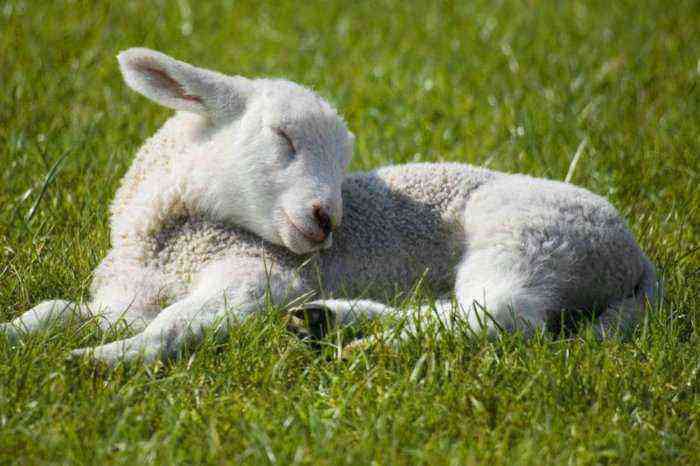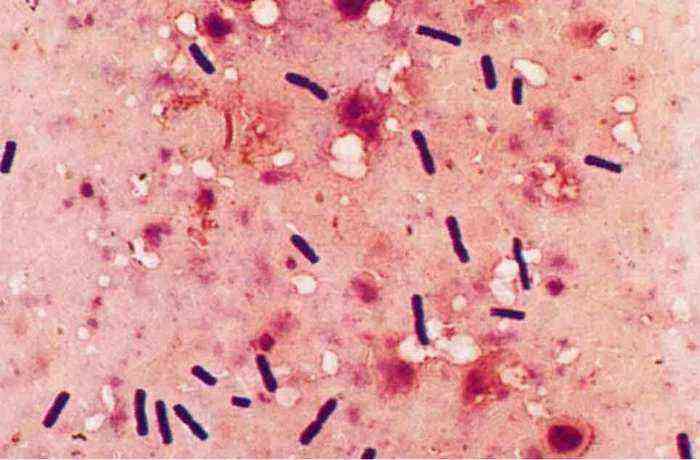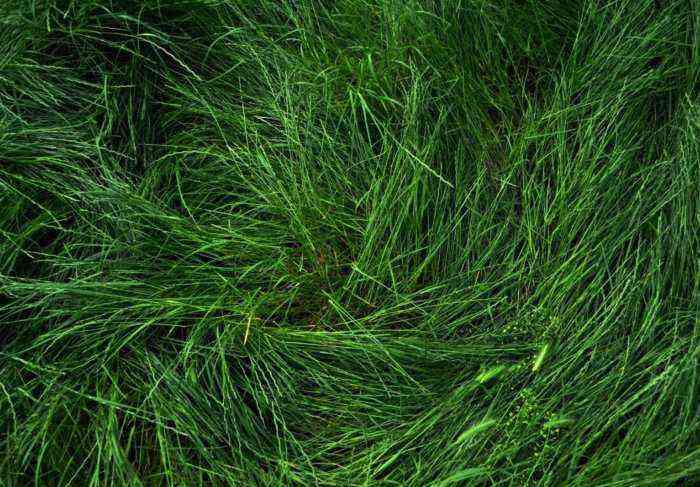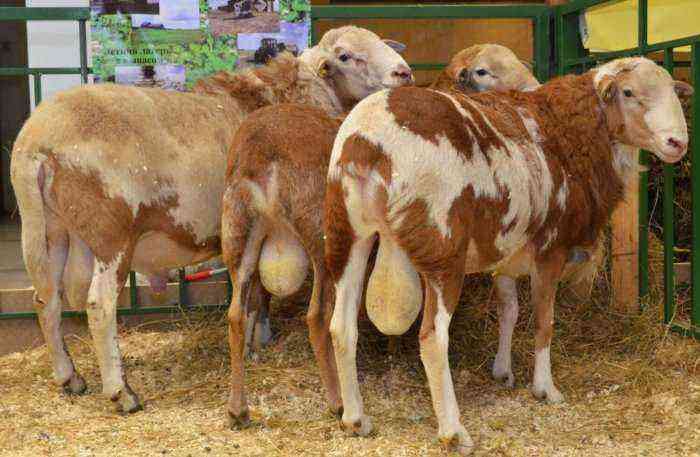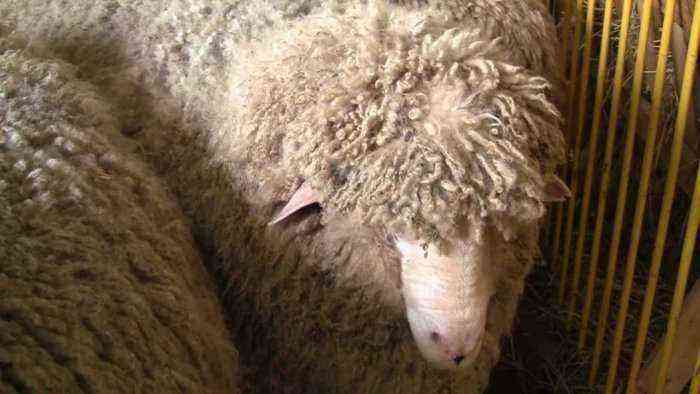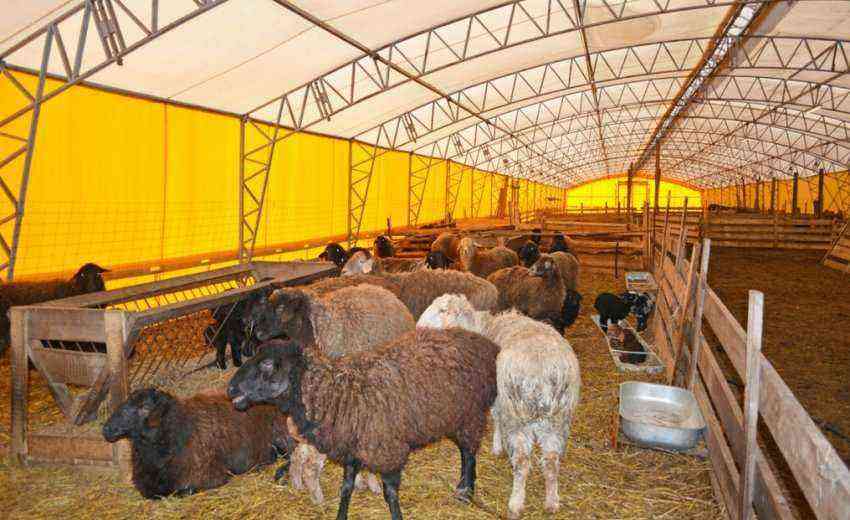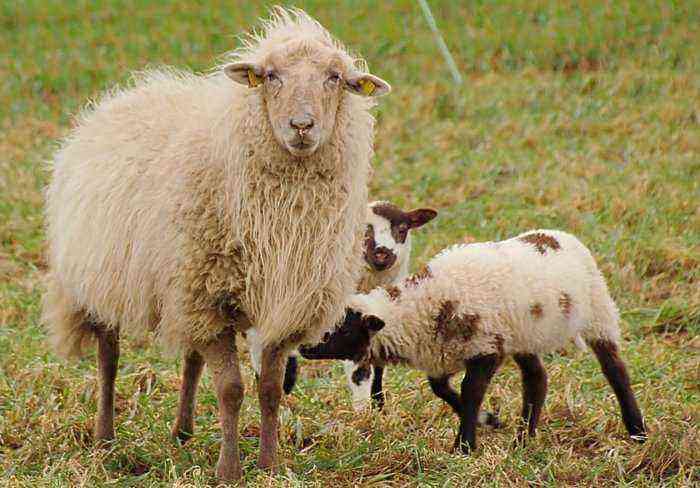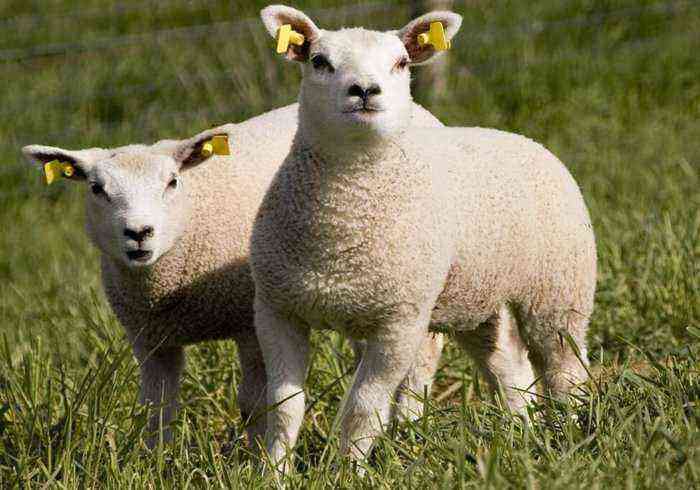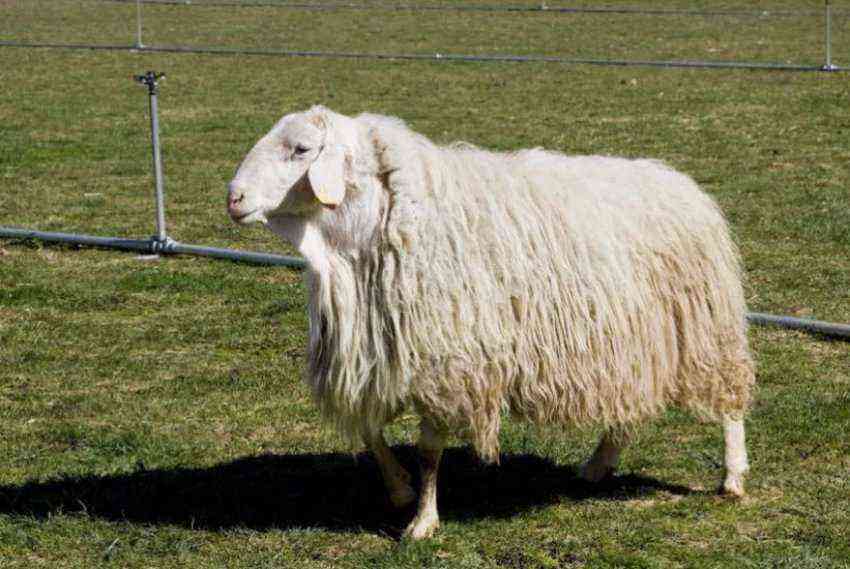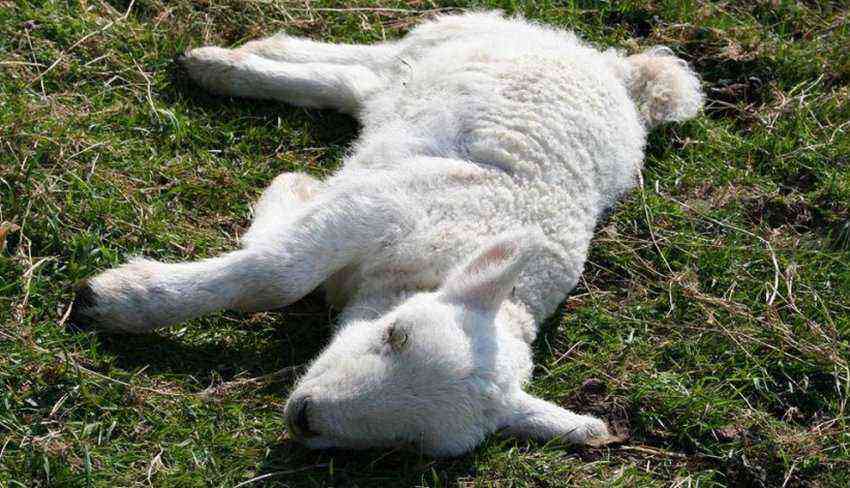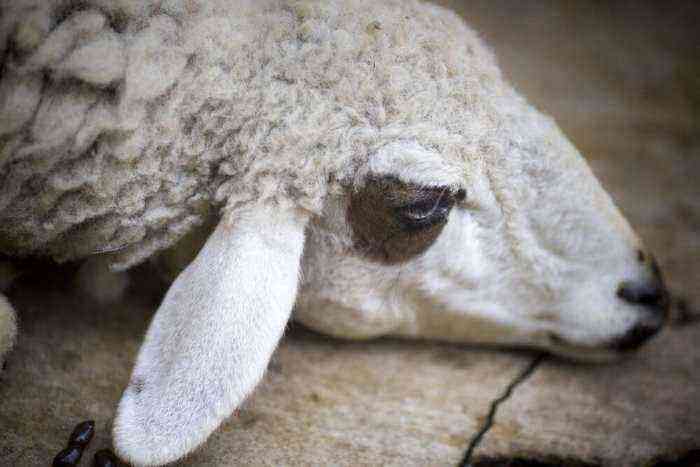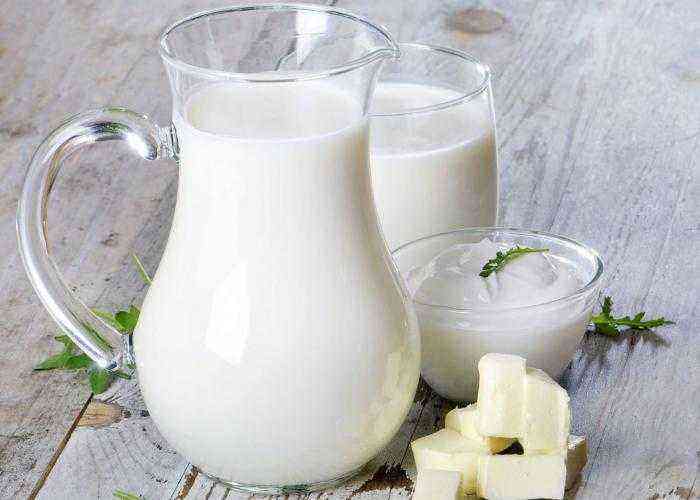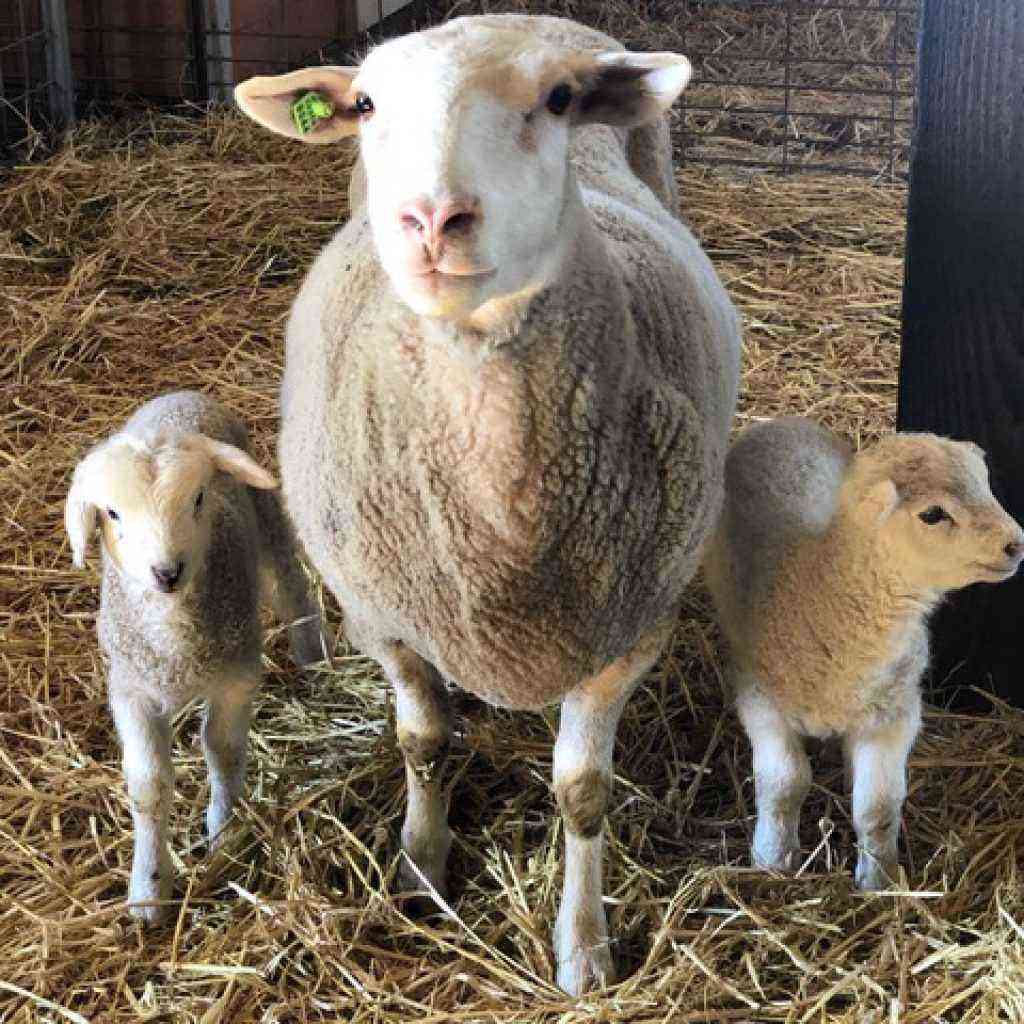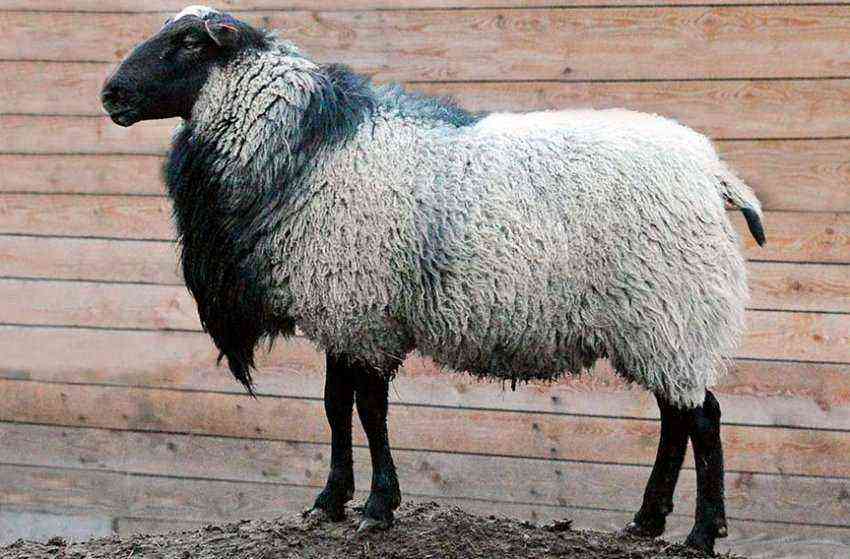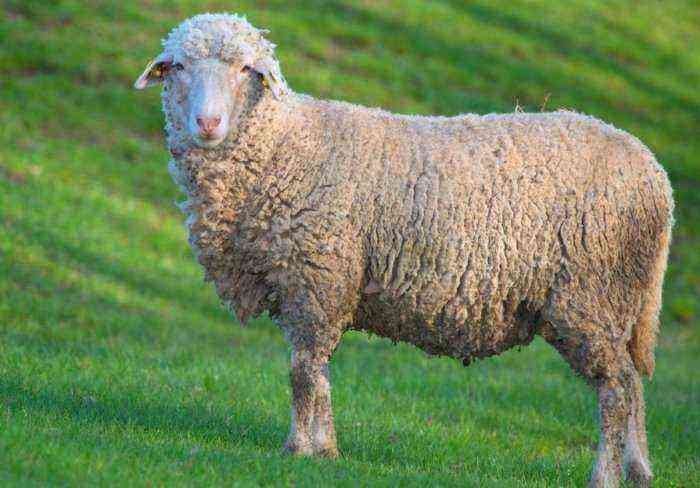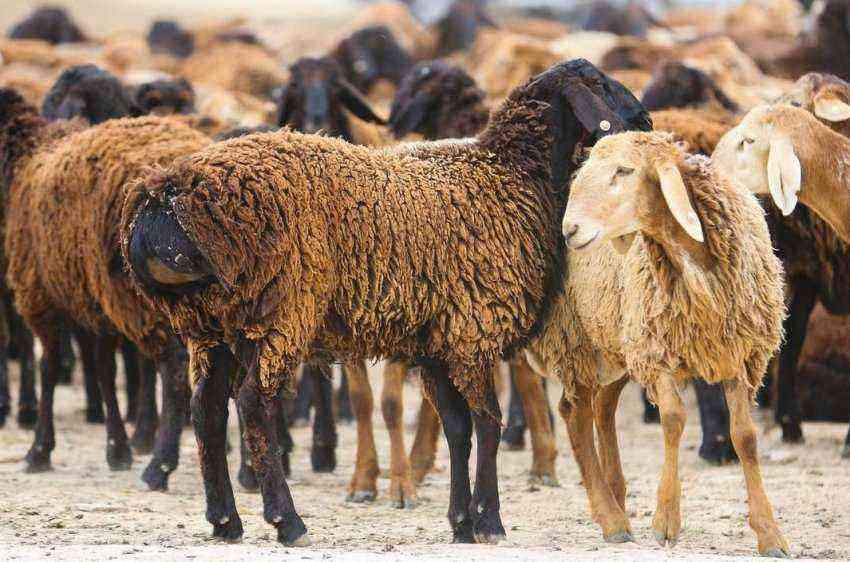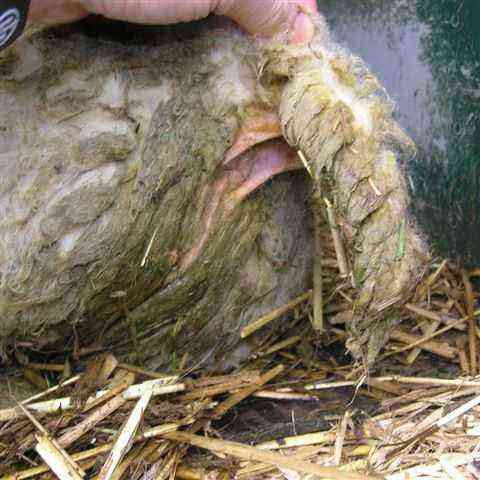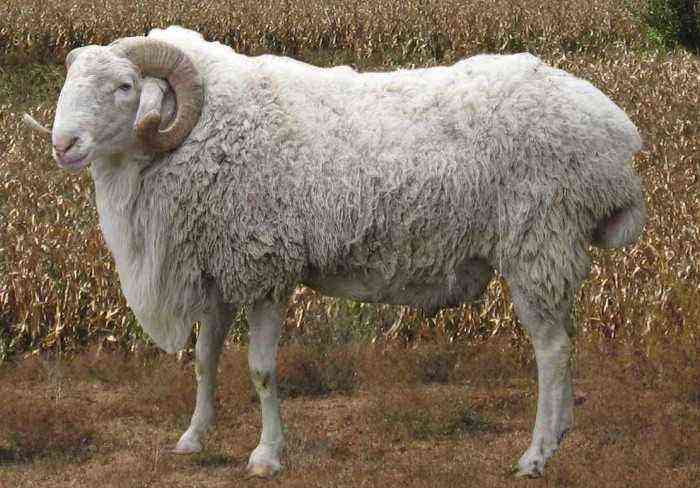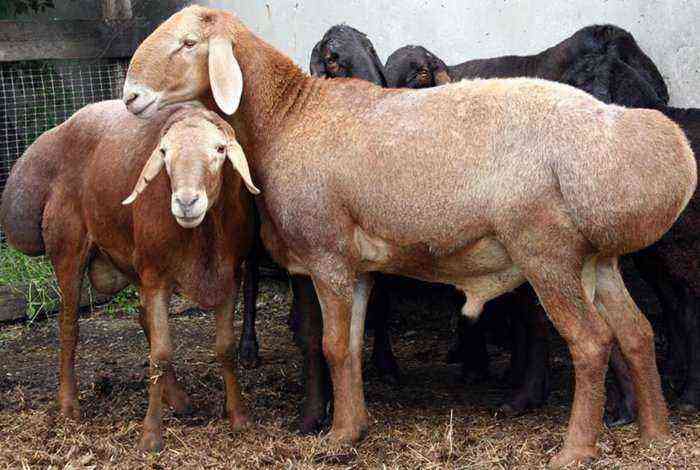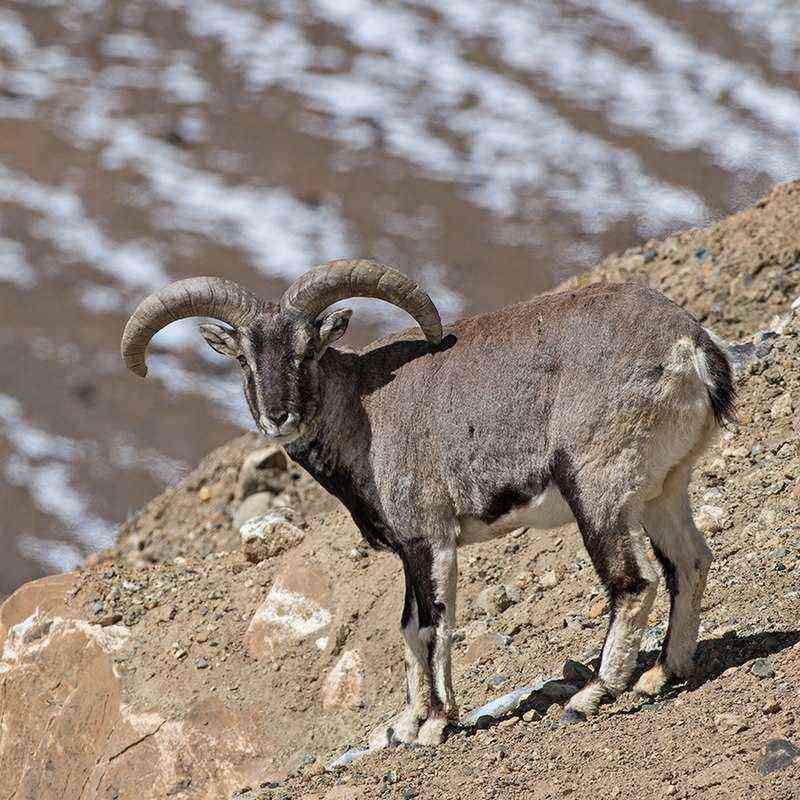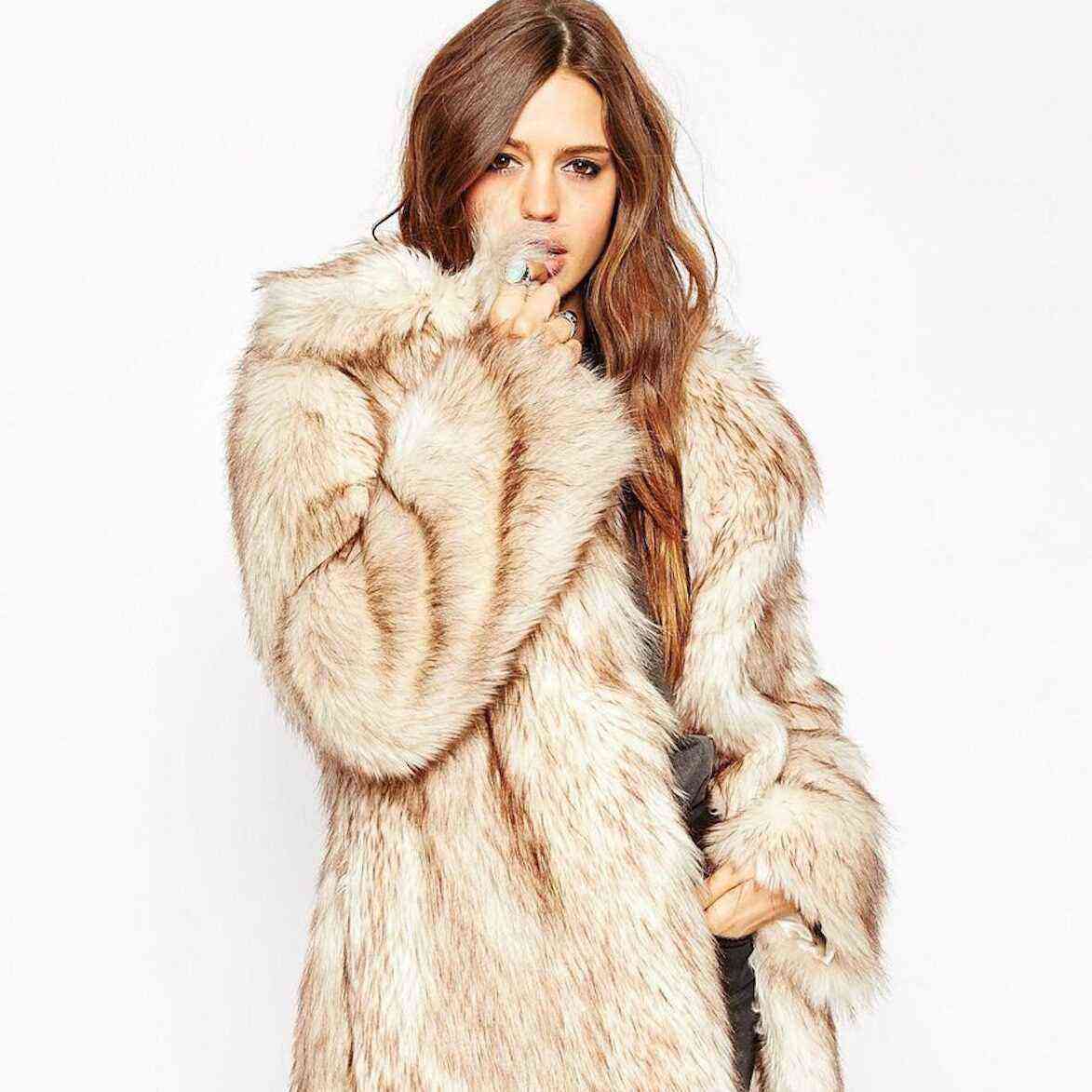The Edilbaevskaya breed of sheep combines several qualities at once that are valued by livestock breeders – unpretentiousness, endurance, high productivity, because not only meat, but also tail fat is obtained from it. In addition to the above, farmers get wool and milk from these sheep. This article will introduce readers to the characteristics of the Edilbaev breed of sheep, its advantages, disadvantages, features of keeping and rules for breeding animals.
Edilbaevskaya breed of sheep
History of the breed
The Edilbaevskaya breed is the fruit of the selection work of Kazakh shepherds. It appeared about 200 years ago. The ancestors of the animals were Astrakhan coarse-wooled sheep and Kazakh fat-tailed sheep. In those days, on the territory of Kazakhstan, people led a predominantly nomadic lifestyle, so they needed sheep that would show endurance and quickly adapt to difficult living conditions. This is exactly what the Edilbaev sheep have become – they are able to make long transitions, are not afraid of either cold or heat, they can eat sparse steppe vegetation and at the same time gain weight.
Since then, this breed has been valued by livestock breeders living in other regions of Russia. It is bred even in some foreign countries. Edilbaev sheep perfectly adapt to any conditions of keeping, they provide farmers with meat and fat, as well as coarse wool, the average annual shearing of which from one animal is about 4 kg.
Description and characteristics
Sheep of the Edilbaevskaya breed belong to fat-tailed ones – they have a fatty deposit in the sacrum. With age, the fat sac increases in size. These animals are polled and do not have horns. They have a strong physique, are black, brown and red. Interestingly, belonging to a particular suit is reflected in the performance of animals. Black sheep give slightly more wool and meat.
The main characteristics of the breed:
- strong build;
- developed fat tail bag;
- height at the withers reaches 85 cm;
- chest girth – 95-105 cm;
- the average weight of a ram is 110 kg, a sheep is 70 kg;
- medium sized head;
- the muzzle is elongated;
- the nose has a hump.
The main characteristics of the breed
Advantages and disadvantages
The breed has a number of advantages. Consider them:
- Sheep easily adapt to any climatic conditions. They are not afraid of temperature changes, cold or heat.
- Unpretentiousness in nutrition. Animals feed on pasture; their diet contains more than 400 plant species.
- Rapid weight gain. Even with poor nutrition, these sheep are able to increase body weight, so their breeding is considered a profitable undertaking.
- High productivity. Edilbaevsk sheep provide the farmer with wool, meat, lard and fat milk.
The disadvantages of the breed include:
- Low female fertility rate. Each sheep is able to bring for one pregnancy no more than 1 cub.
- Wool quality. Edilbaev sheep have a heterogeneous wool coat – most of it is coarse hair, and valuable down in wool is less than 50%.
- Sensitive hooves. Sheep are prone to diseases that dampness causes – colds and foot rot.
- Absence of horns. This feature makes animals absolutely defenseless against predators. During grazing, they must be constantly under the supervision of a shepherd.
Attention! The muscle mass of Edilbaev sheep weakens if they move little, which negatively affects their overall health and meat quality.
Productivity
At birth, a lamb weighs about 6 kg, and a sheep is slightly smaller – 5,2-5,4 kg. The young are rapidly gaining weight. The average daily gain in lambs up to 3 months is about 200-240 g, lambs grow faster than lambs. Already at the age of 4 months, an animal can weigh 25 kg and have a fat tail weighing up to 3 kg. By the age of five months, the animals are fit for slaughter, by this time their weight increases to 40 kg, of which exactly half is meat yield, and another 4 kg is fat tail fat. The maximum meat productivity is reached at the age of seven months.
Attention! The slaughter yield of this breed is 53%.
In addition to meat and fat, sheep of this breed provide the farmer with milk. It is rich in vitamins A and C, and also contains calcium and other beneficial substances. Its fat content ranges from 3-9%. One sheep is capable of producing up to 160 liters of milk per year. Various fermented milk products, butter and cheese are made from it in Kazakhstan.
Sheep cheese
Sheep wool is another source of income for the livestock breeder. The coarse hair of the Edilbaev sheep is used for the production of carpets. About 50% of the wool is down. It can be sold more expensively, yarn is made from it. Farmers who breed this breed manage to get about 3,5-5 kg of wool from each animal annually.
Lambs are sent for slaughter at the age of 5-7 months. It is important that by this time the weight of the animal reaches 45 kg, and his body is well-fed. This is checked manually – if the ribs of the lamb cannot be felt through the skin, it can be slaughtered.
Features of breeding
Breeding edilbay sheep, livestock breeders select for the tribe of male producers with the best indicators of weight, wool quality, and precocity. For crossing, only animals belonging to this breed, but not closely related, are selected. Flocks are formed from their offspring, which are provided with the best conditions of detention.
Attention! In order to improve fertility rates, representatives of the Edilbaev breed can be crossed with Romanov sheep.
Puberty in representatives of this breed occurs at 8 months. Experienced farmers recommend allowing a sheep to mate no earlier than one year old, when her body is fully formed. Otherwise, abortions or the birth of dead lambs are possible. Edilbaev sheep are not distinguished by fertility, each ewe is able to give birth to two cubs per year.
For a sheep to be fertilized, it is necessary for the ram to cover it several times. Pregnancy lasts 21 weeks. Usually it proceeds normally, without complications, like lambing. It lasts about an hour. The following factors testify to its approach:
- animal anxiety;
- enlargement of the external genitalia;
- excretion of colostrum from the udder.
The farmer must prepare in time for lambing – change the bedding, remove the wool from the ewe in the crotch area, disinfect the feeder and drinker.
Attention! During the lambing of a sheep, it is better for the farmer to be present, as in rare cases assistance may be needed when the fetal bladder does not burst. It must be torn apart, otherwise the lamb will die.
Sheep of the Edilbaev breed have good maternal qualities and a calm disposition. After lambing, they lick the cub and feed it with colostrum.
Advice! Experienced livestock breeders pay attention – it is necessary to milk a sheep after lambing for 4 months so that its milk production does not decrease.
Maintenance and feeding
Keeping edilbay sheep is a profitable undertaking. These animals are undemanding to the conditions in which they live. It is enough to provide them with a spacious clean room with good ventilation and adhere to appropriate sanitary standards so that the flock brings a good income.
Important! There should be no dampness in the corral, otherwise the animals will have health problems.
Sheep walking
The main requirement of sheep of this breed is walking. Animals must spend on pastures about 200 days a year. In regions with long winters, this period can be reduced to 120 days. Edilbaevsky sheep have thin hooves, and therefore they are not walked in rainy weather and are not released to swampy pastures.
Representatives of this breed feed mainly on grass, but for health and rapid weight gain, they also need other food:
- concentrates (wheat, oats, corn);
- good quality hay (up to 2 kg per day);
- root crops (beets, carrots, potatoes);
- silage;
- mineral supplements (salt, bone meal).
Attention! In spring and summer, sheep of the Edilbaev breed feed mainly on pasture, while they do not lose weight, so it is profitable to keep these animals.
Disease Prevention
In order for the flock to be healthy, it is necessary to carry out routine vaccination against brucellosis, anthrax, rabies and other dangerous diseases on time. Every farmer must keep a vaccination schedule. The health of the livestock also depends on how carefully the sanitary and hygienic standards are observed in the paddock. Regular change of bedding and disinfection will avoid many problems.
Attention! It is worth buying a special tool for caring for the hooves of sheep and regularly clean them for all animals. A timely examination of the limbs will allow timely detection of signs of hoof rot and start treatment.
The Edilbaev breed of sheep has become a favorite for many farmers. These animals are hardy, unpretentious, and have good productivity indicators. Their meat has excellent taste and benefits for human health, and tail fat is highly valued. It is used not only in cooking, but also in cosmetology. The farmer also profits from the sale of sheep’s wool and milk.
